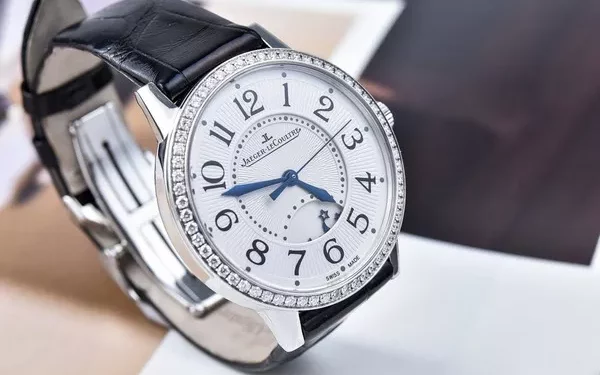Mechanical watches are a marvel of engineering that have been in use for hundreds of years. The complexity of their movement and the precision with which they keep time has captivated watch enthusiasts and casual wearers alike. In this article, we’ll explore the mechanical watch movement and how it works.
The Mechanical Watch Movement
The mechanical watch movement is the mechanism inside a watch that powers its timekeeping functions. It is composed of several parts that work together to keep the watch running accurately. There are two main types of mechanical watch movements: manual and automatic.
Manual movements require the wearer to manually wind the watch by turning the crown. The crown is a small knob on the side of the watch that is used to set the time and wind the watch. As the crown is turned, it winds a spring called the mainspring, which stores the energy needed to power the watch.
Automatic movements, on the other hand, are self-winding. They use a rotor that moves with the motion of the wearer’s wrist to wind the mainspring. This means that the watch will continue to run as long as it is worn.
The Components of a Mechanical Watch Movement
The mechanical watch movement is made up of several components, each with its own specific function. Some of the key components include:
- Mainspring – The mainspring is the source of power for the watch. It is a long, coiled spring that stores energy when it is wound up.
- Escapement – The escapement is the mechanism that controls the release of the energy stored in the mainspring. It is responsible for keeping the watch’s timekeeping functions accurate.
- Balance Wheel – The balance wheel is a weighted wheel that oscillates back and forth at a specific frequency. It is regulated by the escapement and helps keep the watch running accurately.
- Gear Train – The gear train is a series of gears that transmits the energy from the mainspring to the escapement and the balance wheel.
How a Mechanical Watch Movement Works
The mainspring is wound up by turning the crown on a manual watch or by the rotor on an automatic watch. As the mainspring unwinds, it releases energy that is transmitted through the gear train to the escapement. The escapement releases the energy in a regulated manner, allowing the balance wheel to oscillate back and forth at a specific frequency.
The frequency of the balance wheel is critical to the accuracy of the watch. To keep the frequency constant, the balance wheel is regulated by the escapement. As the balance wheel oscillates back and forth, it rotates the escapement wheel, which regulates the release of energy from the mainspring. This results in a consistent frequency of oscillation for the balance wheel, which in turn keeps the watch running accurately.
Conclusion
The mechanical watch movement is a complex and fascinating mechanism that has been in use for centuries. It is made up of several key components that work together to keep the watch running accurately. Whether it’s a manual or automatic movement, the principles behind the mechanism are the same. If you’re a watch enthusiast, understanding the mechanical movement is essential to appreciating the craftsmanship and engineering behind this timeless device.












































